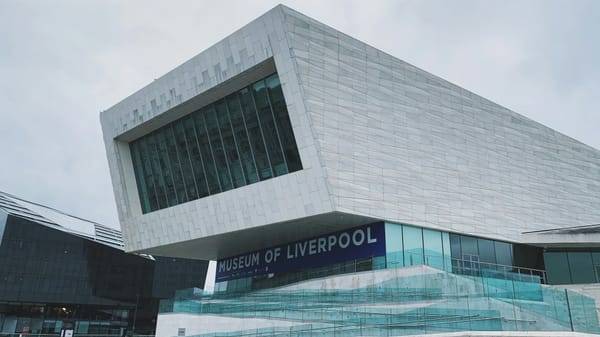Art & Climate Change: Creativity in the Face of Crisis
Explore how artists worldwide use creativity to respond to climate change, from eco-art to protest works, shaping awareness and action.

Climate change is not only a scientific and political crisis — it is also a cultural one. Around the world, artists are using their creativity to highlight the urgency of the climate emergency, question humanity’s role in environmental destruction, and inspire action. From large-scale eco-installations to intimate community projects, art and climate change intersect in ways that challenge, provoke, and educate.
Why Art Matters in the Climate Conversation
While climate scientists deliver the data and activists demand systemic change, art communicates on an emotional level. It can transform abstract statistics into tangible experiences, helping audiences understand the human impact of rising seas, deforestation, and pollution. In this sense, art serves as both a mirror and a catalyst — reflecting society’s anxieties while inspiring action.
Olafur Eliasson believes that “facts alone are not enough to motivate people… we need to communicate the fact of climate change to hearts as well as heads, to emotions as well as minds,” using tangible and immersive artworks to make climate data feel real.
Forms of Climate-Inspired Creativity
1. Eco-Art Installations
Artists like Olafur Eliasson and Agnes Denes create monumental works that directly address environmental concerns. Eliasson’s Ice Watch installation displayed melting blocks of ice from Greenland in city centers, offering a visceral experience of global warming.
2. Protest & Street Art
Murals, graffiti, and banners have become central to climate activism. From London’s Extinction Rebellion marches to community-driven projects in South America, protest art turns public space into a rallying cry for climate justice.
3. Sustainable Materials in Art
Many contemporary artists experiment with recycled, biodegradable, or ethically sourced materials. Sculptures made from ocean plastics or textile works woven from discarded clothing highlight both waste and possibility.
4. Digital & AR/VR Climate Art
Immersive experiences allow participants to “step into” future scenarios — flooded cities, burning forests, or restored landscapes — creating empathy through simulation.
Case Studies: Artists Leading the Climate Movement
- Agnes Denes – Wheatfield: A Confrontation (1982): A wheat field planted in Manhattan, contrasting nature and urban consumption.
- Olafur Eliasson – Ice Watch (2014): Visitors touched blocks of glacial ice as they melted, bringing the Arctic crisis into daily life.
- Maya Lin – What is Missing?: A global memorial to biodiversity loss combining art, science, and digital storytelling.
- Mel Chin – Revival Field (1991–ongoing): Using plants to remediate toxic soil, blending science with ecological art.
The Power of Community Projects
Beyond high-profile works, countless grassroots initiatives integrate creativity into climate activism. Community murals, school art programs, and local exhibitions give everyday people a platform to express environmental concerns, making the climate crisis personal and participatory.
Challenges: Greenwashing & Accessibility
Not all climate-themed art is impactful. Critics point out that some projects risk becoming performative — offering symbolic gestures without systemic impact. Others worry about accessibility: elite exhibitions may not reach the communities most affected by environmental change.
The Future of Art & Climate Action
As climate change accelerates, artists will play an increasingly central role in shaping narratives around sustainability and resilience. Expect to see:
- Greater collaboration between artists and scientists.
- Expansion of eco-art in digital and public spaces.
- Stronger integration of sustainability in art practices themselves.
In this way, art and climate change will continue to intertwine — with creativity offering hope, urgency, and vision in the face of crisis.
ART Walkway News





